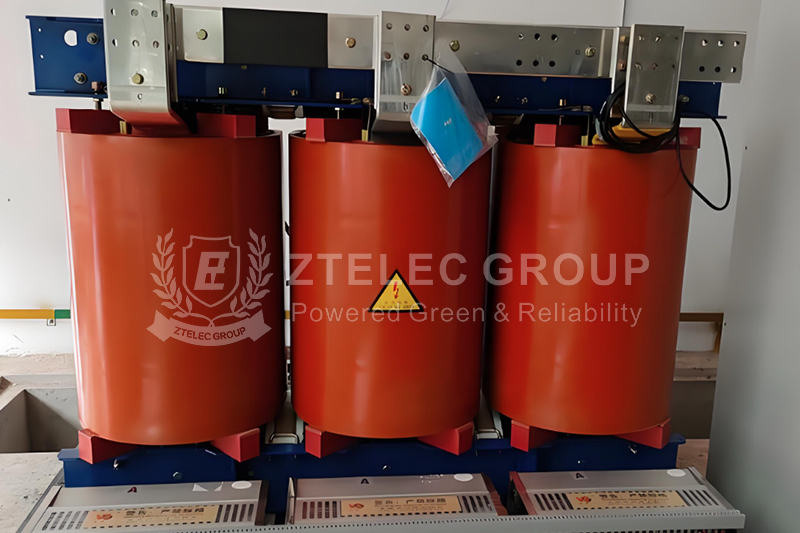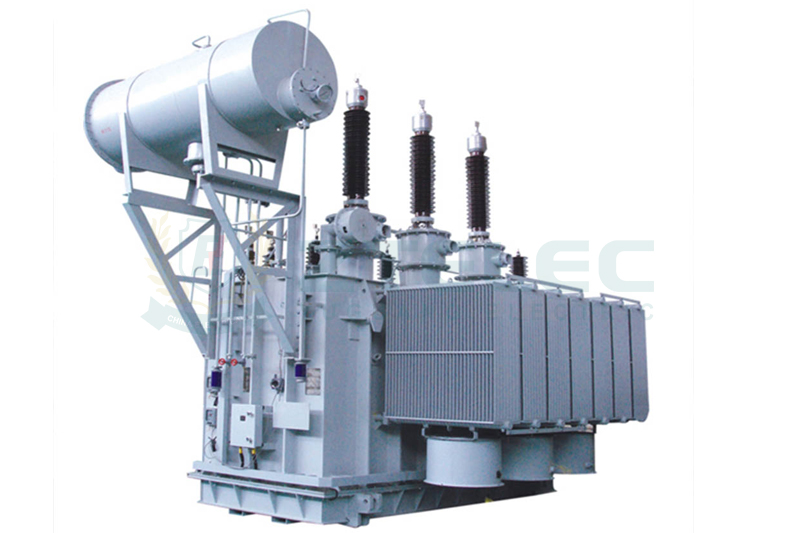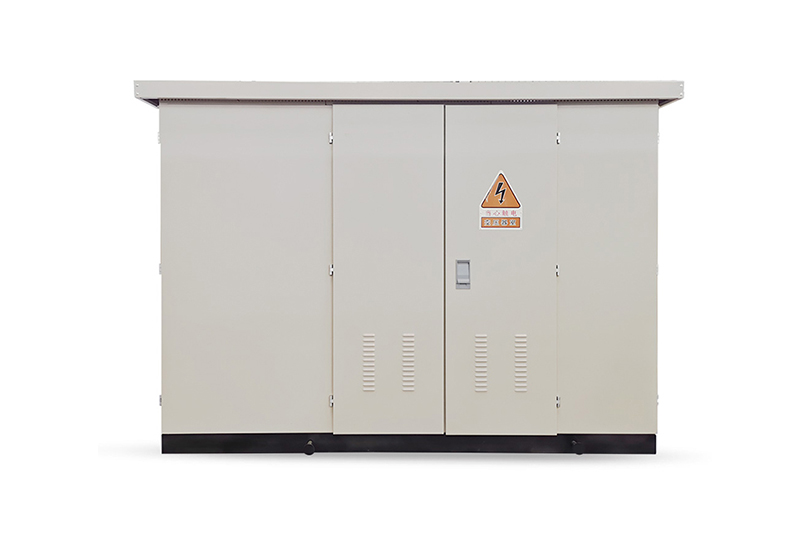In-Depth Analysis of Technical Specifications and Industry Trends of Dry-Type Transformers
Time:2025-06-11 Auther:ZTelec-www.ztelectransformer.com
Dry-type transformers play a vital role in modern power systems by enabling efficient voltage transformation, reliable power transmission, and safe energy distribution. Their performance directly affects the safety and stability of electrical grids. With the rapid development of the energy sector and continual technological innovation, understanding the technical specifications and industry trends of dry-type transformers is crucial for supporting industrial upgrades and energy reliability. This article explores both perspectives in detail.

Technical Specifications of Dry-Type Transformers
Design Principles
The design of dry-type transformers must align with national and international standards, prioritizing safety, reliability, efficiency, and energy conservation. Factors such as environmental adaptability, maintainability, and long-term performance under conditions like high temperatures or altitudes must also be considered to ensure effective operation in diverse scenarios.
Key Technical Parameters
Rated Capacity: Choosing the correct rated capacity based on actual load demand is essential. Proper sizing ensures safe operation and avoids the risks associated with overload, such as reduced lifespan and unstable system performance.
Rated Voltage: Adhering to standardized input and output voltage levels is necessary for compatibility with the grid and maintaining smooth power flow across devices and regions.
No-load and Load Losses: These parameters determine the energy efficiency of the transformer. Lower values reduce long-term power consumption and operational costs, contributing to more sustainable and cost-effective energy systems.
Safety Performance Requirements
Insulation Performance: High-quality insulation materials with strong dielectric and heat resistance properties are essential to prevent breakdowns, reduce accident risk, and ensure consistent performance throughout the transformer’s lifecycle.
Overload Capacity: Transformers must be capable of withstanding temporary overloads caused by unexpected surges in power demand. This ensures continued operation without outages during critical moments.
Protection Functions: Integrated protection mechanisms such as overload and short-circuit protection are crucial. These systems rapidly disconnect power during faults to contain potential damage and reduce downtime.
Operating Environment Conditions
Environmental parameters such as ambient temperature, humidity, and elevation must match the transformer’s design conditions. Installation in ventilated, non-corrosive environments helps extend service life and maintain optimal performance.

Industry Trends in Dry-Type Transformers
Technological Advancements and Product Features
Innovation in Insulation Materials: Solid insulation, particularly epoxy resin, is replacing traditional oil-based materials. This shift eliminates leakage risks, lowers maintenance needs, and enhances safety and environmental sustainability.
Improved High-Temperature Resistance: Modern transformers using Class H insulation systems can withstand operating temperatures above 180°C, enabling deployment in demanding environments such as desert or industrial zones.
Advantages of Modular Design: Modular construction reduces spatial requirements by over 40% compared to oil-immersed units. It also improves transportability, simplifies installation, and accelerates project timelines.
Market Driving Forces
Carbon Neutrality Policies: With global decarbonization efforts accelerating, demand for eco-friendly power equipment is rising. Dry-type transformers, as pollution-free, oil-free solutions, are gaining popularity in government and utility procurement.
Smart Grid Development: The evolution of smart grids requires transformers with integrated diagnostic capabilities. Smart dry-type transformers with real-time monitoring features align perfectly with the intelligent energy infrastructure vision.
Emerging Market Investments: Infrastructure development in emerging economies is fueling transformer demand. From metro systems to industrial parks, these projects rely on high-performance dry-type transformers, driving global market growth.
Future Technology Trends
Amorphous Alloy Core Technology: Incorporating amorphous alloy cores can reduce no-load losses by up to 70%, significantly improving energy efficiency and helping meet global energy-saving goals.
IoT Integration: Embedded sensors and real-time data monitoring enable predictive maintenance, early fault detection, and overall system optimization—critical for digital energy networks and smart cities.
Application of New Materials: Advanced materials like aerogels may reduce transformer weight by up to 30%. This not only simplifies transport and installation but also reduces production costs and enhances competitiveness.
The technical parameters of dry-type transformers are fundamental to ensuring safe, stable, and efficient operation. Meanwhile, emerging trends—driven by policy, innovation, and market demand—signal a bright future for this technology. Whether through adherence to rigorous standards or embracing cutting-edge advancements, dry-type transformers are set to play an increasingly critical role in powering the world sustainably and intelligently.




